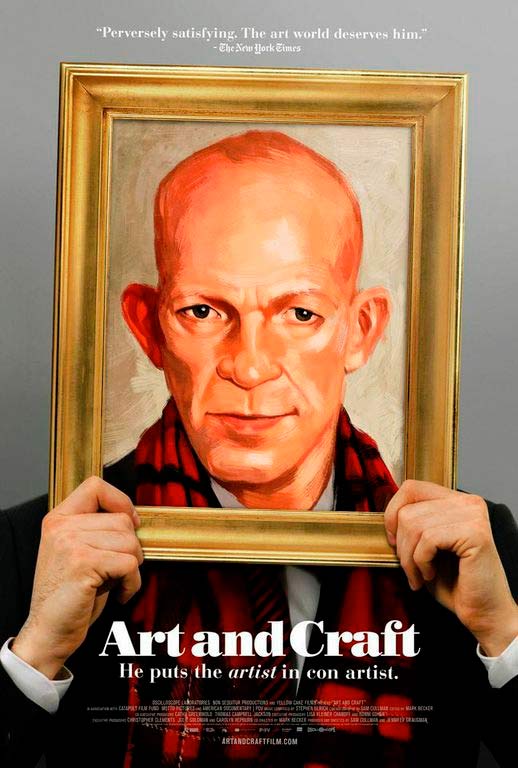Movie Breakdown: Art And Craft (Noah)
People are doing traditional-style reviews all over the web, so we decided to try something different. In each “breakdown” we’ll take a look at what a film’s marketing led us to believe, how the movie actually played, and then what we learned from it all. Read on!
The Impression:
A documentary about a benevolent art forger who’s pursued by the most nefarious organization of all – the art world. Right up my well decorated little alley.
The Reality:
The story of Mark Landis is, quite frankly, a fascinating one. Landis is a mildly schizophrenic, very, very talented artist who’s chosen, instead of showering the world with his own gifts, to forge some of the most famous paintings, well ever, and then donate these paintings to museums across the country. He doesn’t do it for money, or fame, he simply does because as he says, he’s become “obsessed with philanthropy.” Directors Sam Cullman and Jennifer Grausman have crafted a film that falls somewhere between a fly on the wall portrayal of Landis and a patched together whodunnit. Landis is the key figure in the film, and his interviews and general life style are fascinating, but the directors spend a good deal of time focusing on Matthew Leininger, a former registrar at the Cincinnati, Ohio Art Museum who’s become so obsessed with putting a stop to Landis’ decidedly epic string of forgeries that he’s lost his job and, to some extent, his mind. Through Leininger, the directors are able to showcase what I found to be the most interesting part of the film, the art world’s reaction to being duped. Landis himself is just a talented man, with a some mental issues, who loves art and as the movie seems to point out, likes to involve himself in a little “mischief.” The art world on the other hand, duped by a seeming amateur, only wants him taken down because he keeps fooling them. Yes, Landis, over and over again, takes on a variety of disguises to con the proprietors of various art establishments, but it never seems like he does it out of anything but of some misplaced sense of wanting to be needed. Grausman and Cullman do best when the camera is following Landis. When they stray to Leininger and those obsessed with Landis in their own right, the film feels a bit forced, as if they’re trying to impress upon the viewer just how strange and unlikeable the world of art curation is. I could’ve done with more of Landis’ methods, his art, his history, but even without those, Art and Craft is a fascinating piece of film.
The Lesson:
If a slightly creepy bald man wants to give you the original Mona Lisa, put a black light on it.


